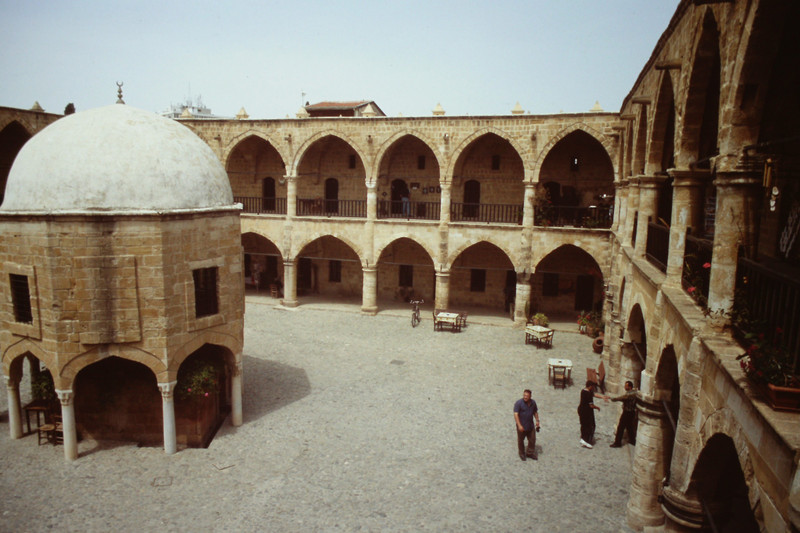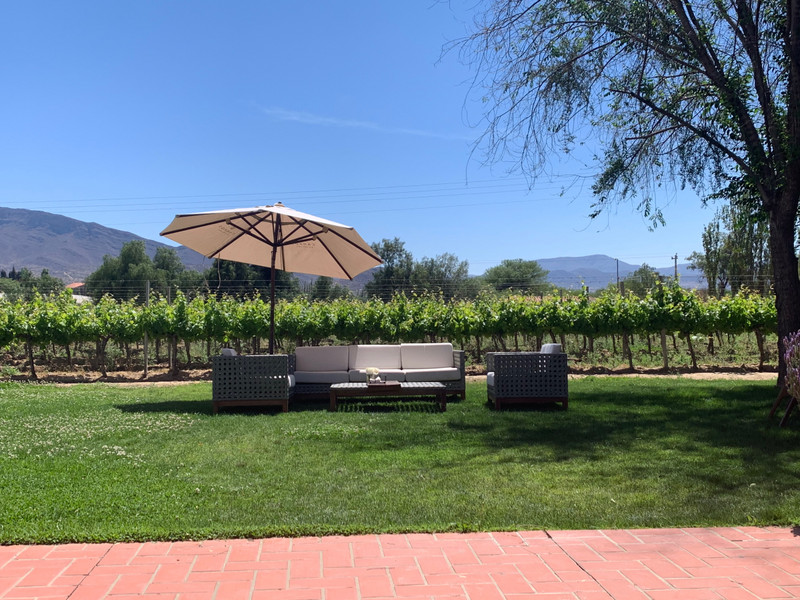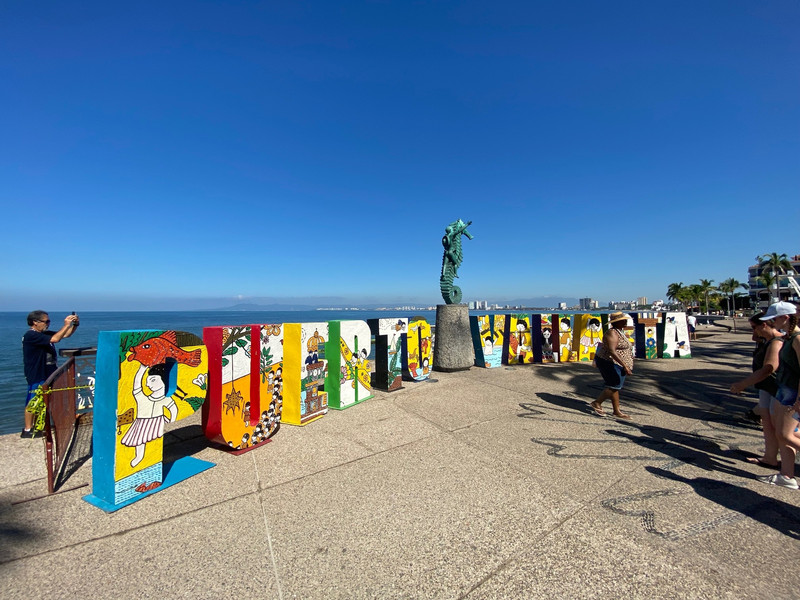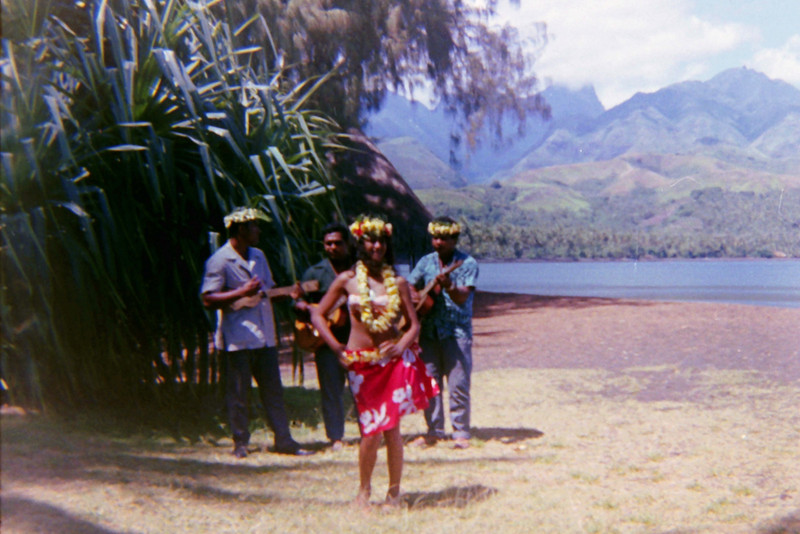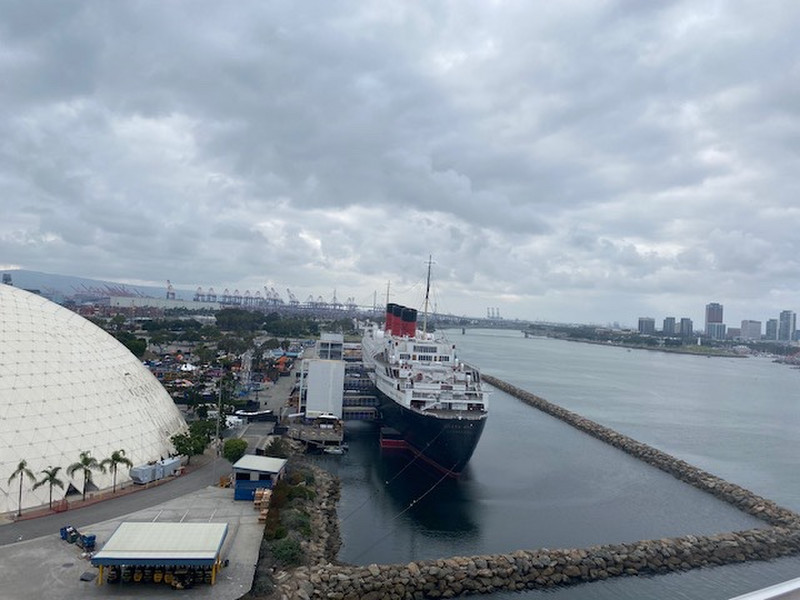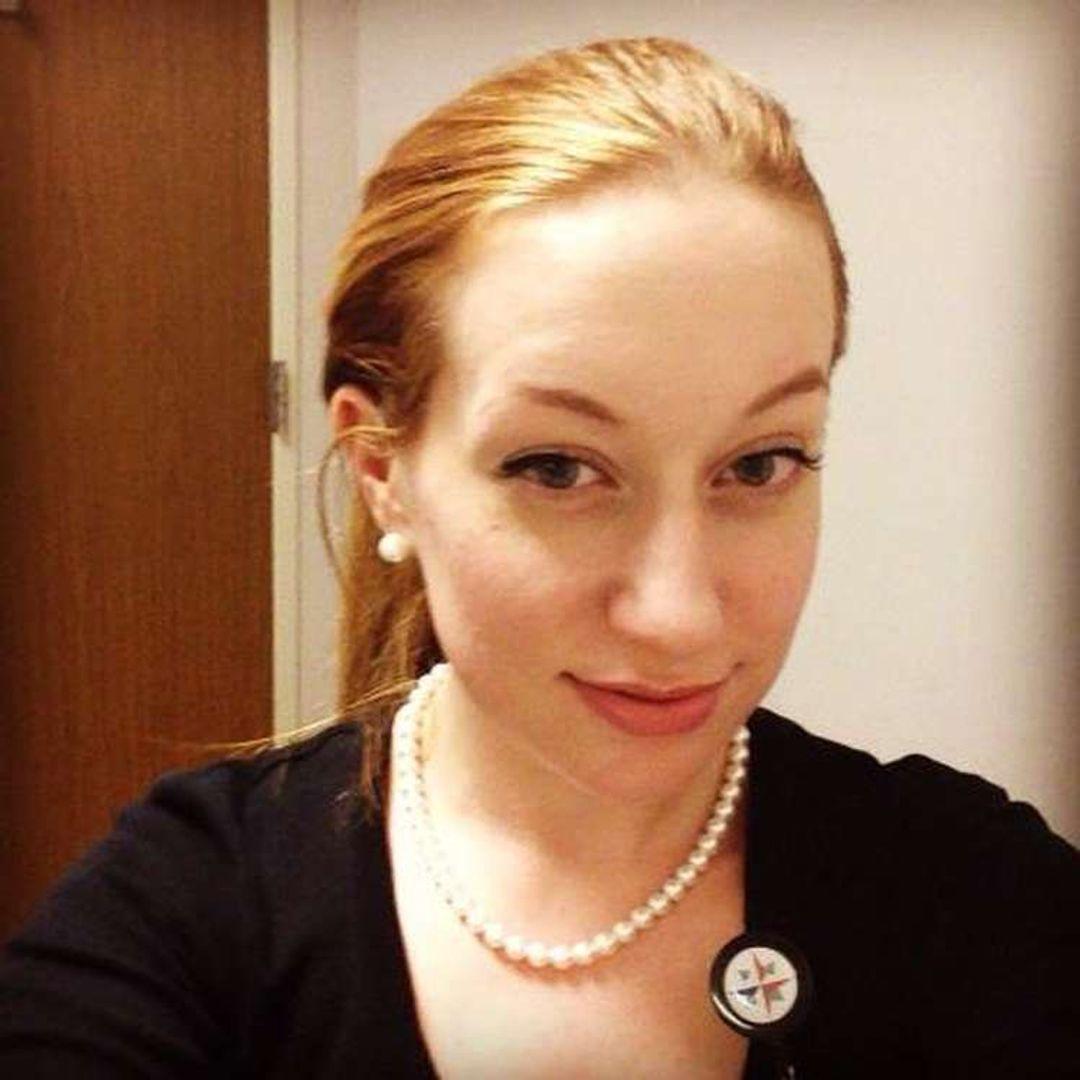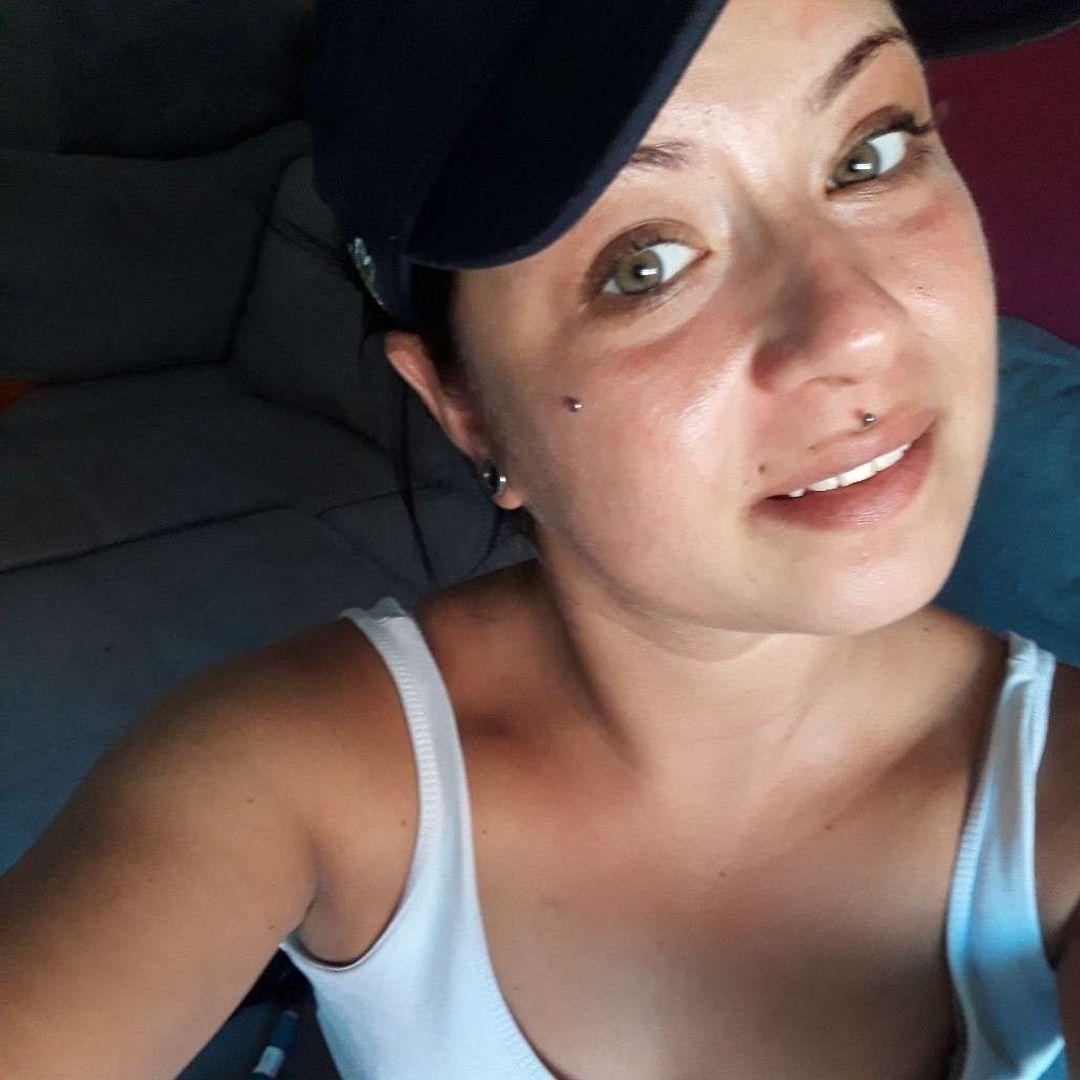We travelled also before we joined TravelBlog. We have started to digitalise photos from those trips and we are planning to write about some of them. Now the turn to a trip Ake made to North Cyprus in 2006.
North Cyprus was invaded by Turkey in 1974 and has since then been occupied by Turkey. This situation has left North Cyprus somewhat isolated from the rest of Europe. From what I understand, North Cyprus has for three decades or so had very little contact with any other country than Turkey. Back when I visited North Cyprus the tensions between Cyprus and Northern Cyprus had started to relax a bit and I heard rumours that it was even possible to cross the border at least for foreigners. I didnt try that though so I cant say for sure.
The city Nicosia is the capital of Cyprus. But when North Cyprus was occupied in the so was also the northern half of Nicosia. The city is divided in two parts, North Nicosia and Nicosia, and
Bedesten in North Nicosia used to be a church dedicated to St Nicholas. Later is was converted to a Bedesten, a kind of market place.
in between the two is a clear and very visible border. In places the border is a wall topped by a low fence and in other places there are two walls and a strip of nomansland in between.
When this border was created some houses that were in the way were torn down. Other buildings were shut and were effectively turned into a wall.
One of the most spectacular sites in North Nicosia is Byk Han, a 16th century caravansarai. A caravanserai is basically the same thing that we today call motel. It is an exceptionally well preserved building and truly worth a visit.
Bedesten in North Nicosia used to be a church dedicated to St Nicholas. Later is was converted to a Bedesten, a kind of market place.
Vouni Palace, near the town Lefka, was built around year 500 BCE and was in use for little more than 100 years. Today only ruins are left of this historical place. They are impressively large ruins
This was built in 1931 and it is in Nicosia. Thats about all I know of it. Is it a gate perhaps? No, probably too new for that. A monument maybe?
Less than 10 km east of the Ruins of Vouni Palace is another historical site, Soli. Soli was according to Wikipedia a city in ancient Greece and predates Vouni Palace by at least a hundred years. However, according to a sign placed at the ruins of its basilica, which is a large public multipurpose building, it was in use from the 4th century to 6th century CE. Since that is 1000 years later I am starting to feel that the few pieces of information I have on this site dont add up.
Just over an hour drive east of Soli is Saint Hilarion Castle. What makes this castle truly spectacular is its setting on top of a ridge. The walls follow the shape of the mountain, creating an illusion of it being more majestic than it actually is. Since the castle is on top of a mountain the views from the castle are spectacular.
Salamis is just like Soli the ruins of a Greek city. Possibly this was the largest city in entire Cyprus when it was
populated, because the ruins cover a very vast area. It is so large that much of it is not even made accessible to visitors.
Famagusta is a city on the east coast. I spent the better part of a day there and I saw a lot during these hours.
=> Famagusta Citadel: The city walls around the historical city center were built to protect the city back in its early days. These walls are also known as the Venetian walls since the bulk of them were build when Famagusta was under control of the Venetians.
=> Lala Mustapha Pasha Mosque: When it was built it served as a Catholic cathedral. Later it was turned into a mosque.
=> Church of Sts. Peter and Paul: Built is the 14th century. Was turned into a mosque in the 16th century. Today it is yet another massive ruin.
=> Varosha: Before Cyprus was occupied the district Varosha in Famagusta was a popular beach resort. It was a place where the rich, the famous and the beautiful gathered.
